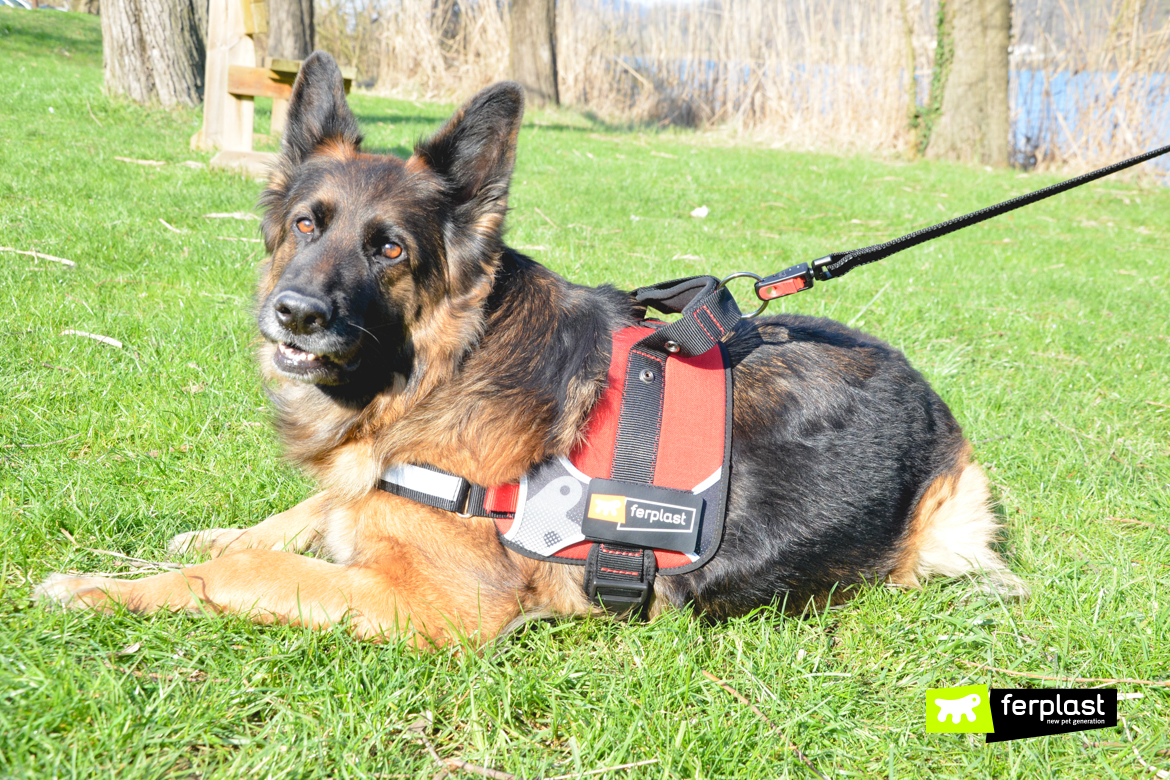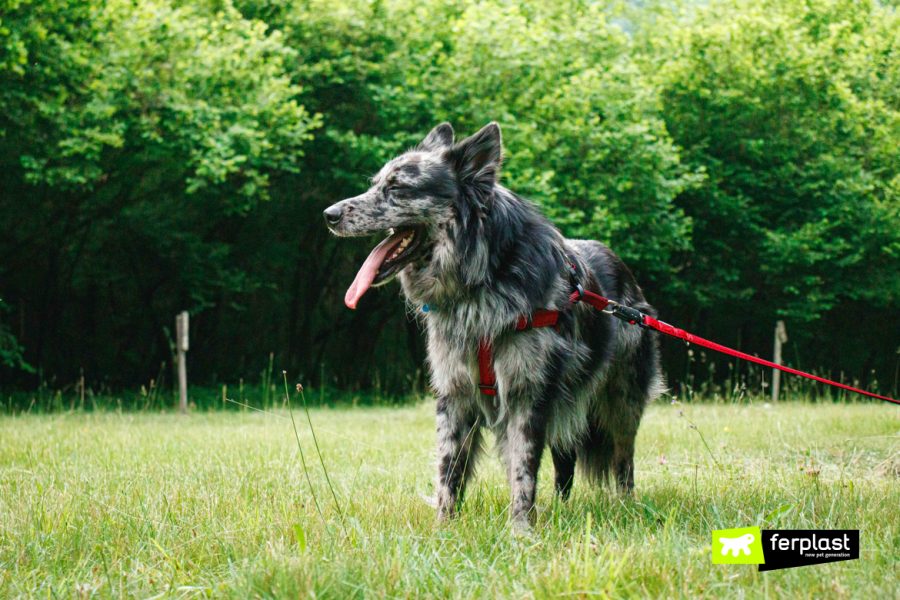In spring our animal friends return to populate lawns and gardens. Precisely in this season it is important to be prepared for potential diseases caused by parasites that wake up in the heat, but also for the pitfalls of nature such as poisonous plants.
There are poisonous dog plants to know to prevent a leisurely walk from turning into a run to the vet.
Dangers of poisonous plants
The blossoming of spring obviously implies the flowering of the plants. Unfortunately, not all of them are Fido-proof, on the contrary. There are poisonous plants for dogs that can have more or less serious consequences on their health. The flowers that appear to be the most beautiful hide the greatest pitfalls, for example azaleas, oleanders and rhododendrons. Other plants that are dangerous for dogs are lilies, yew, jasmine, lily of the valley, chrysanthemums and tulips. Many of these plants are also toxic to cats.
Symptoms
Symptoms related to the ingestion of poisonous plants can range from a slight intoxication to much more serious consequences. Common symptoms include vomiting, drooling and diarrhea (azaleas and rhododendrons), kidney disease (lilies), gastrointestinal problems, hypothermia and abnormal heart function (oleander and tulip bulbs), dehydration and excessive thirst, lethargy and weakness (chrysanthemums).
Why are dogs attracted to poisonous plants?
The most colorful and fragrant plants and flowers are the most dangerous for dogs. Animals are attracted by the intense odour and come closer to smell. The problem arises when they come to ingest them. Plants that are poisonous to dogs have a toxic effect on them.
Which dogs are most at risk?
The dogs that are most at risk of ingesting poisonous plants are puppies. Their great curiosity leads them to bite into anything that catches their attention, such as moving leaves, colorful berries and roots.
For the protection of your pets, especially puppies, it is therefore important to pay attention to the placement of plants in the home garden and to the path of the walks. In the event that, after a walk, the dog should present the symptoms described above, it is advisable to consult the veterinarian as soon as possible.

